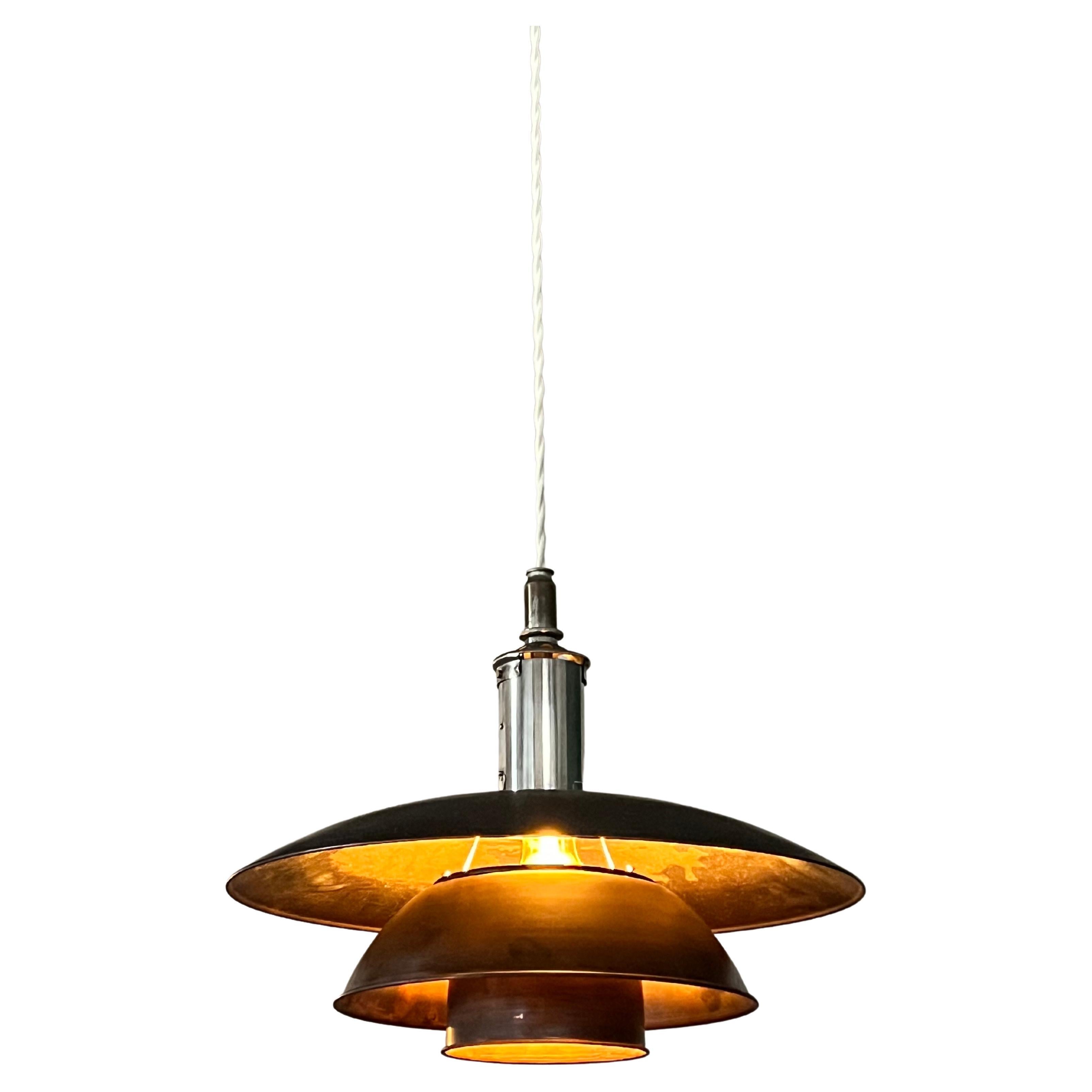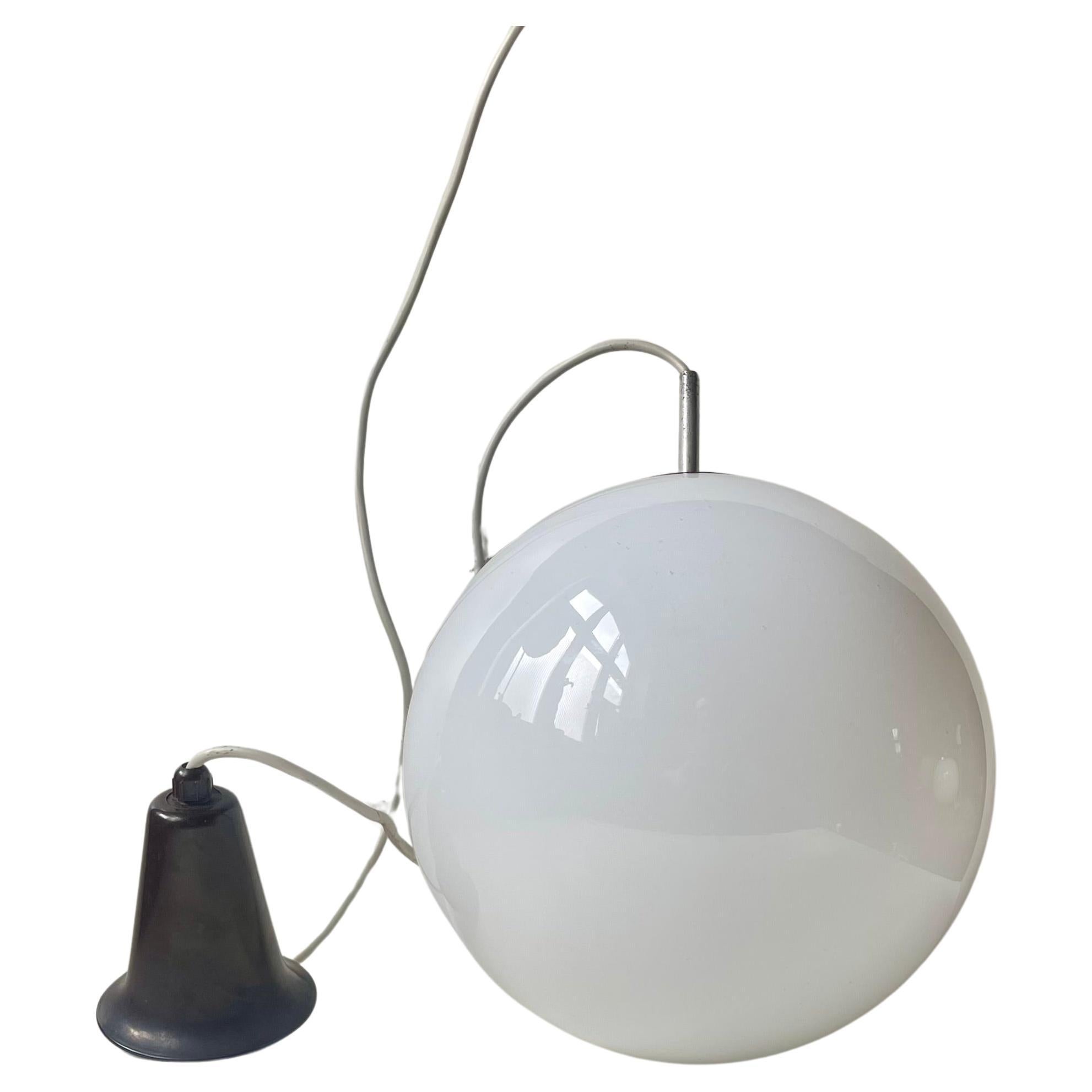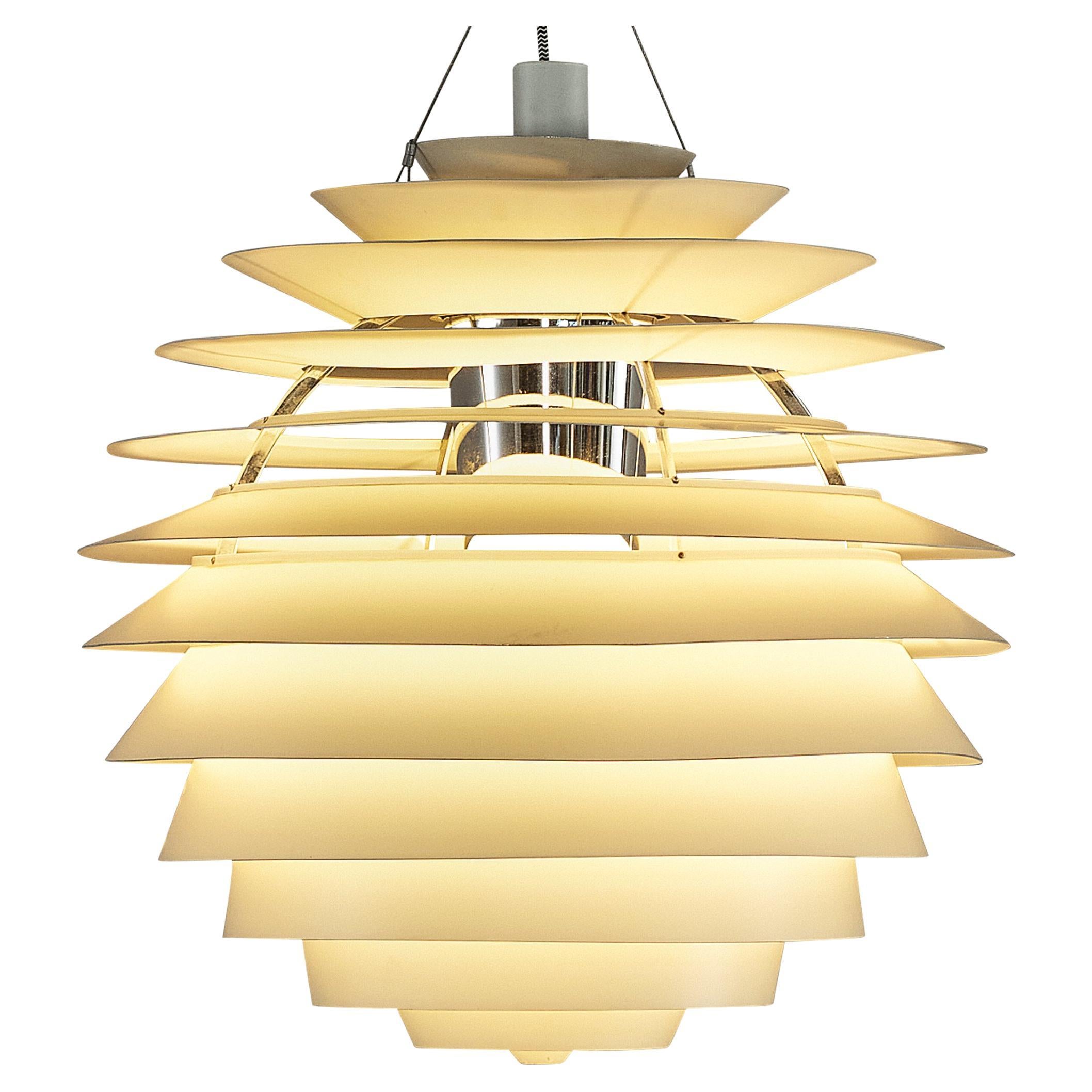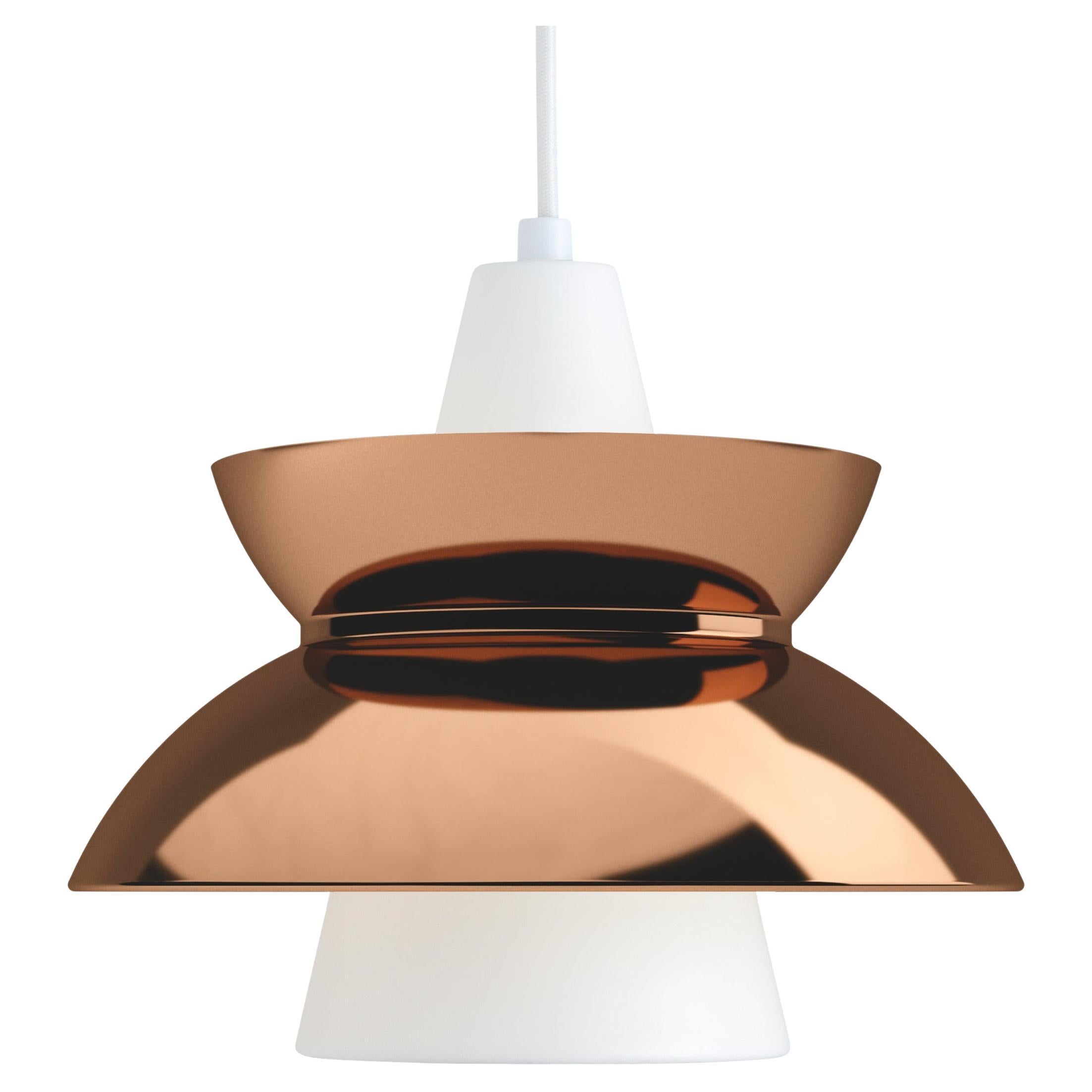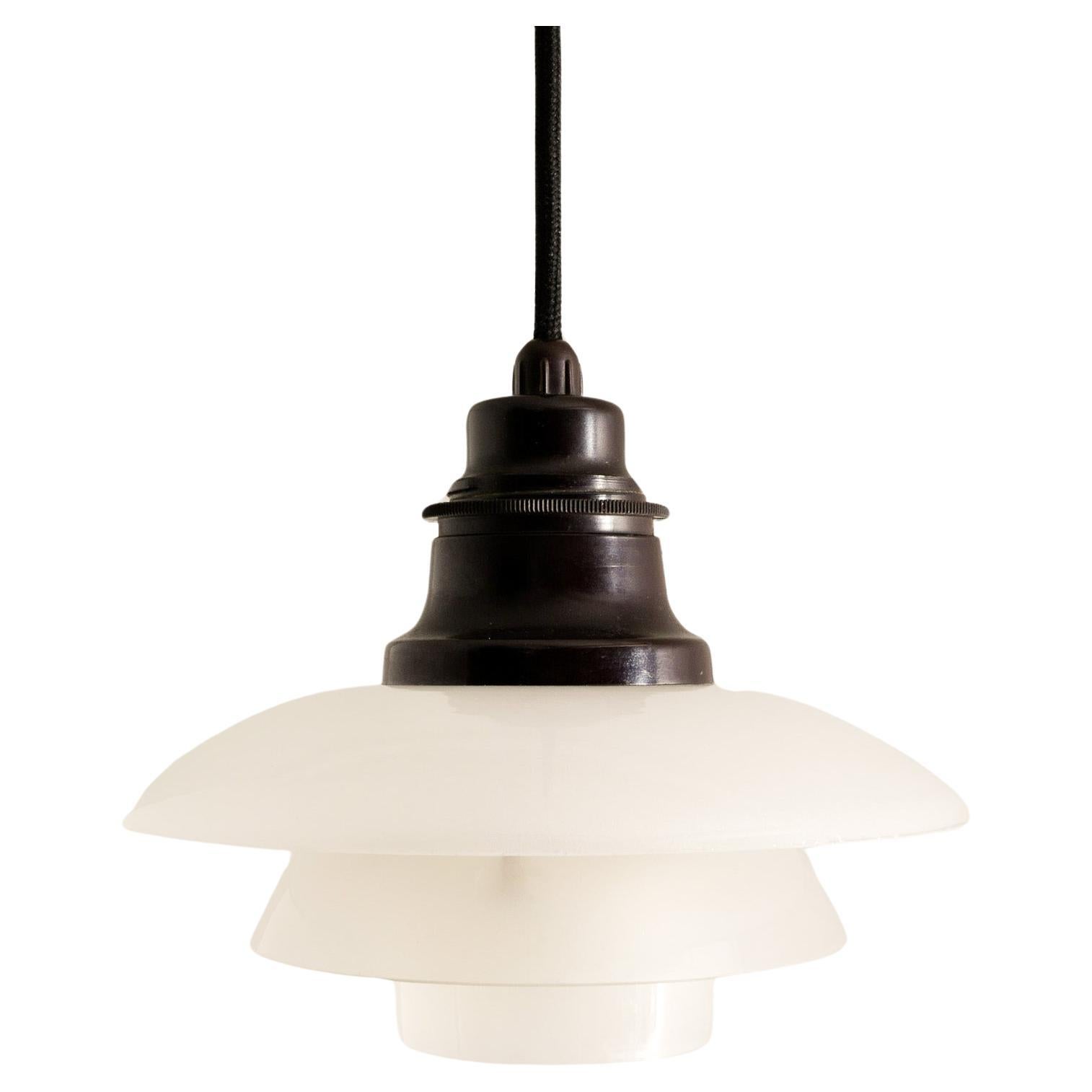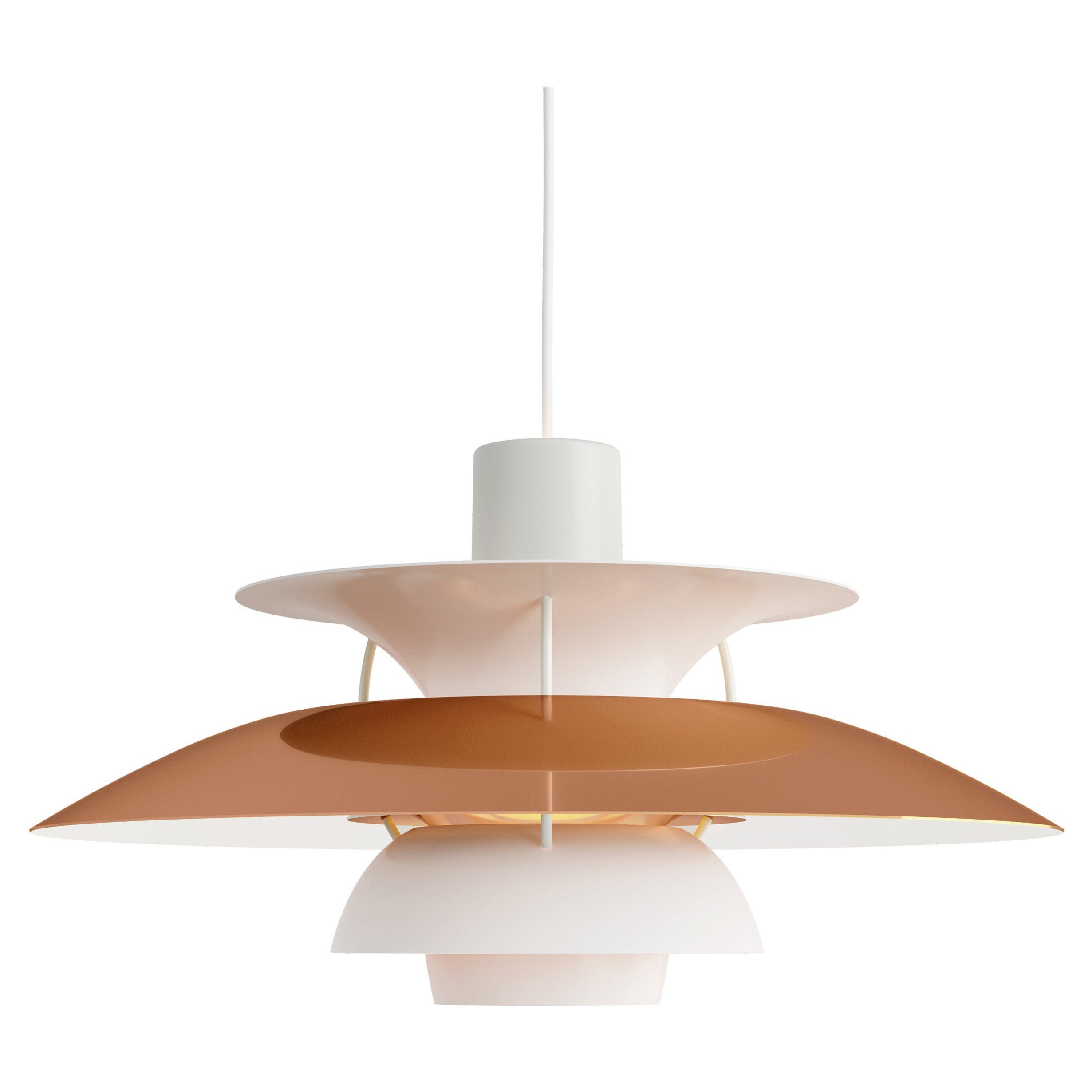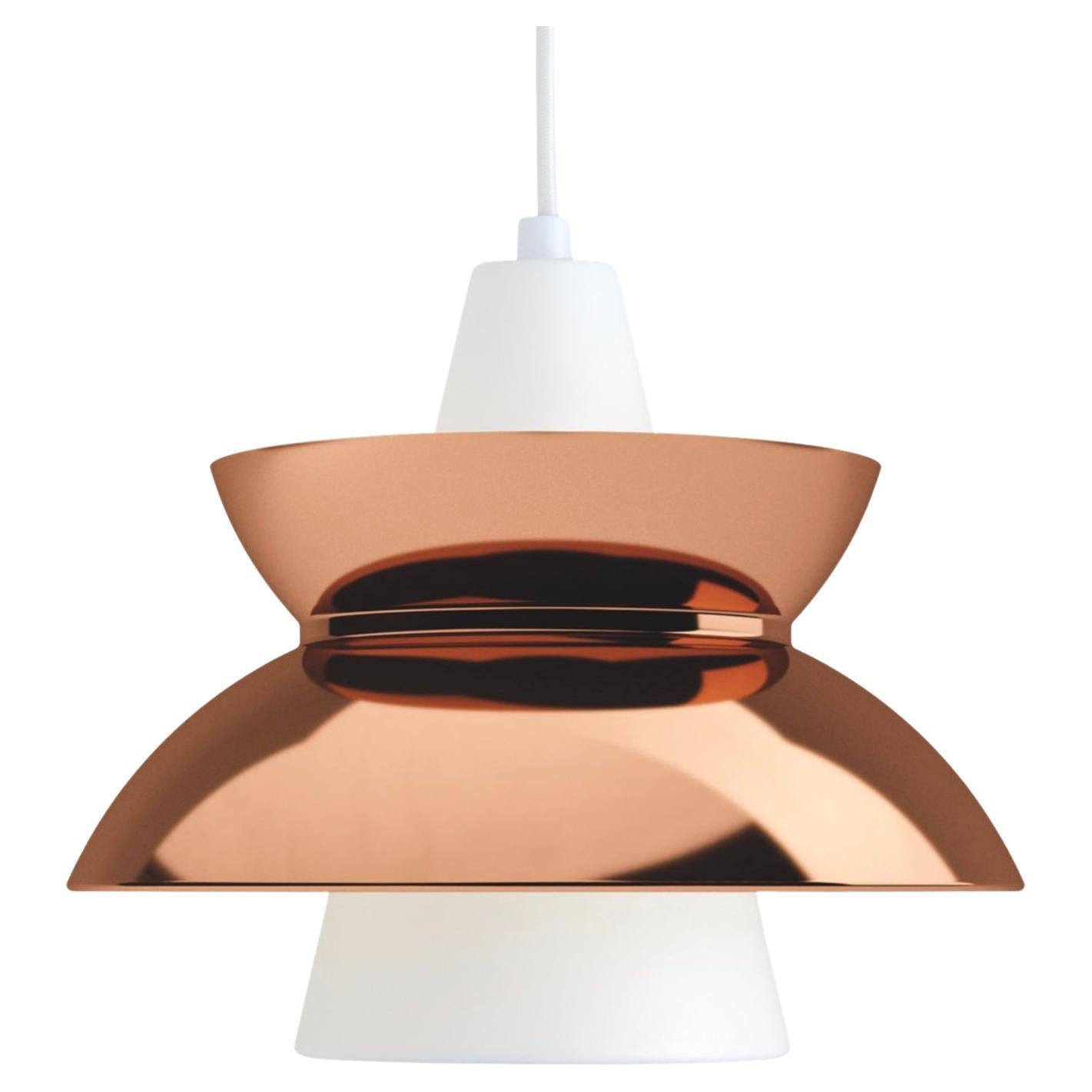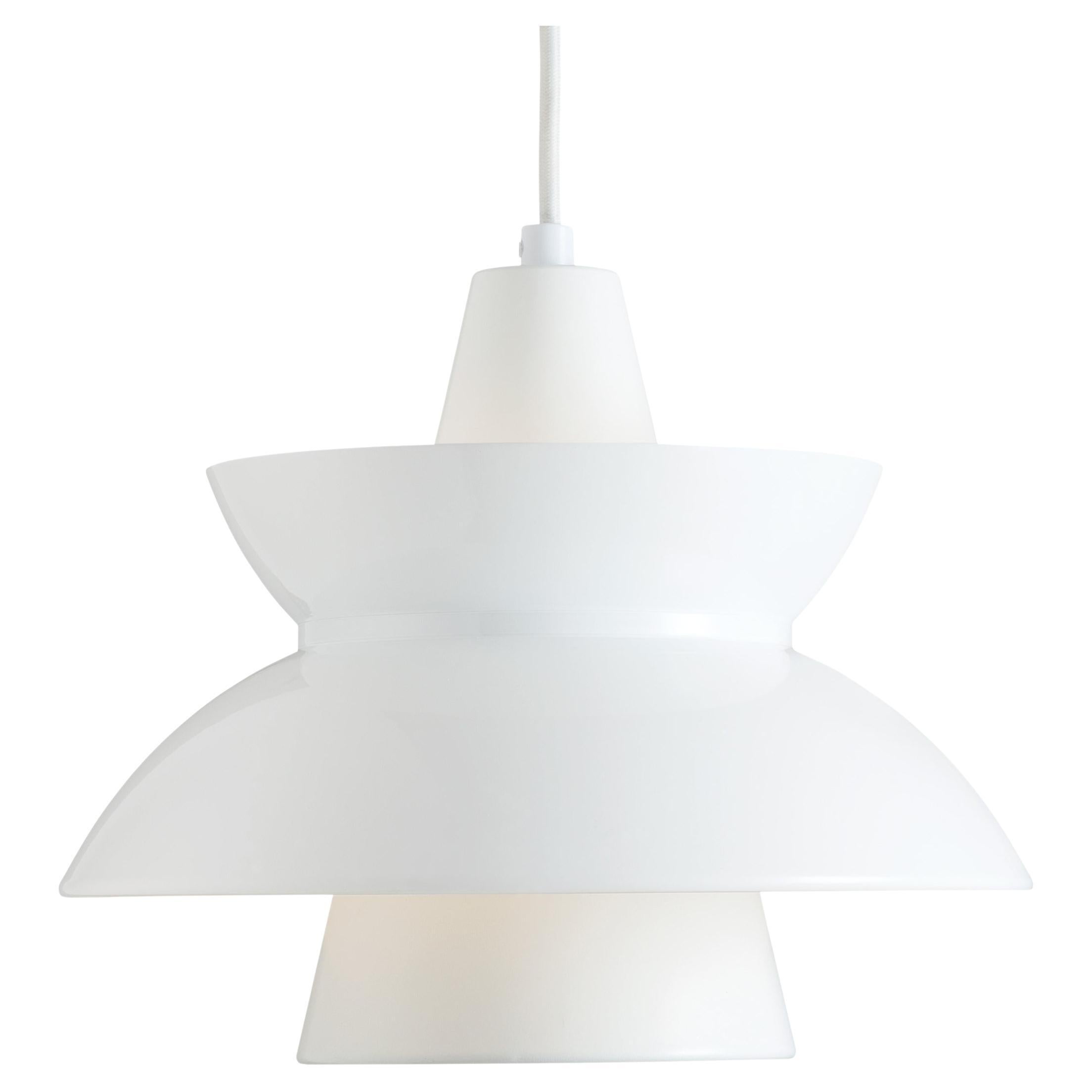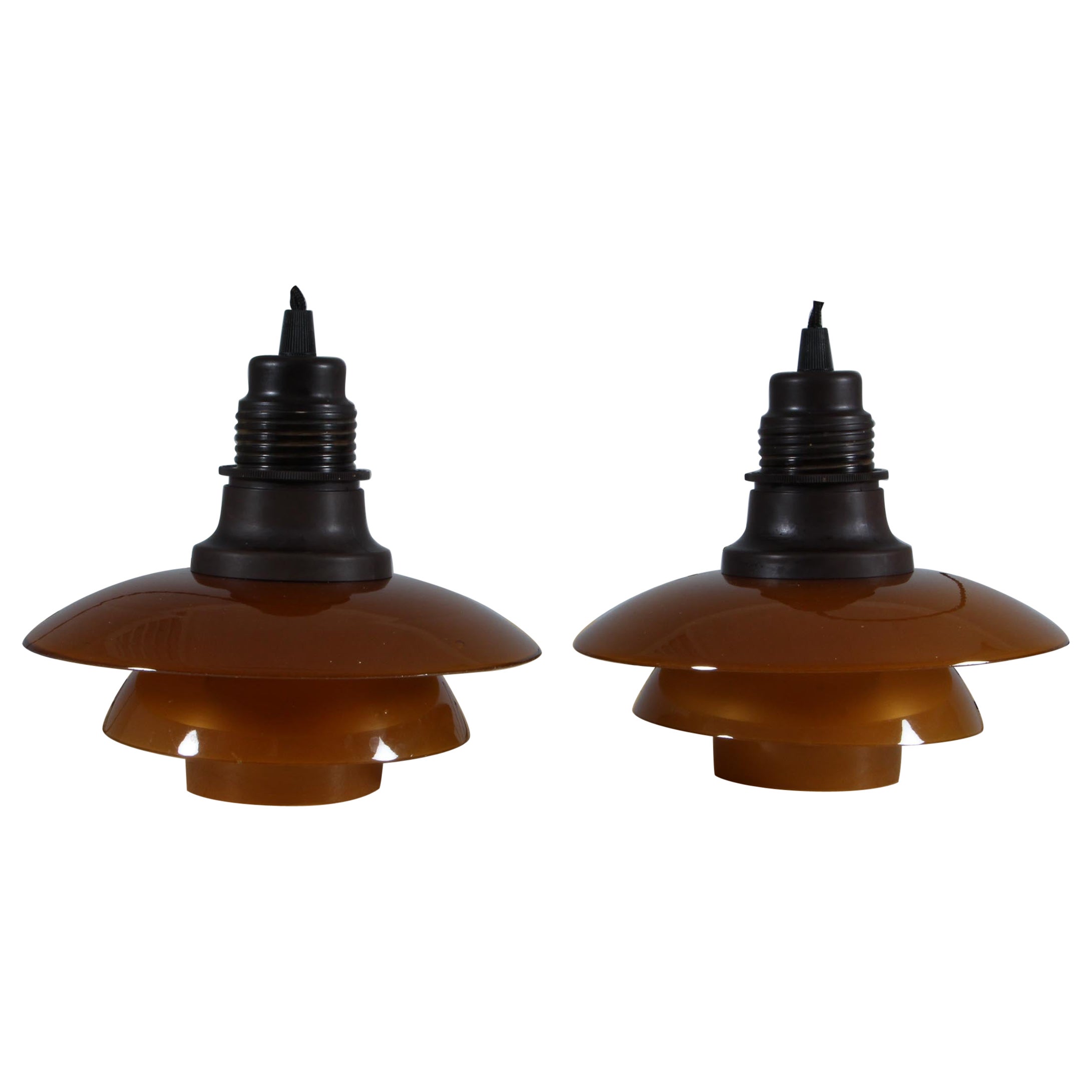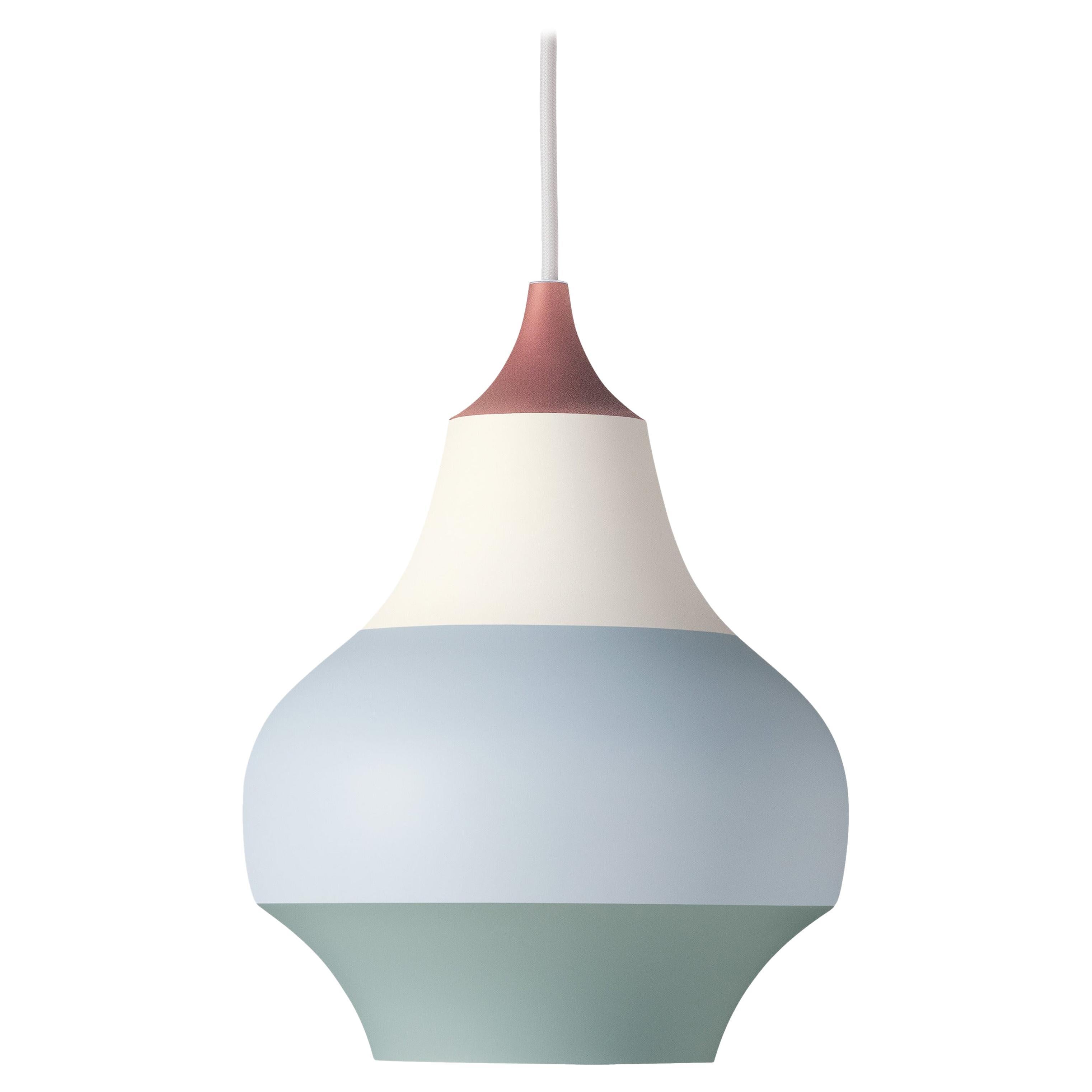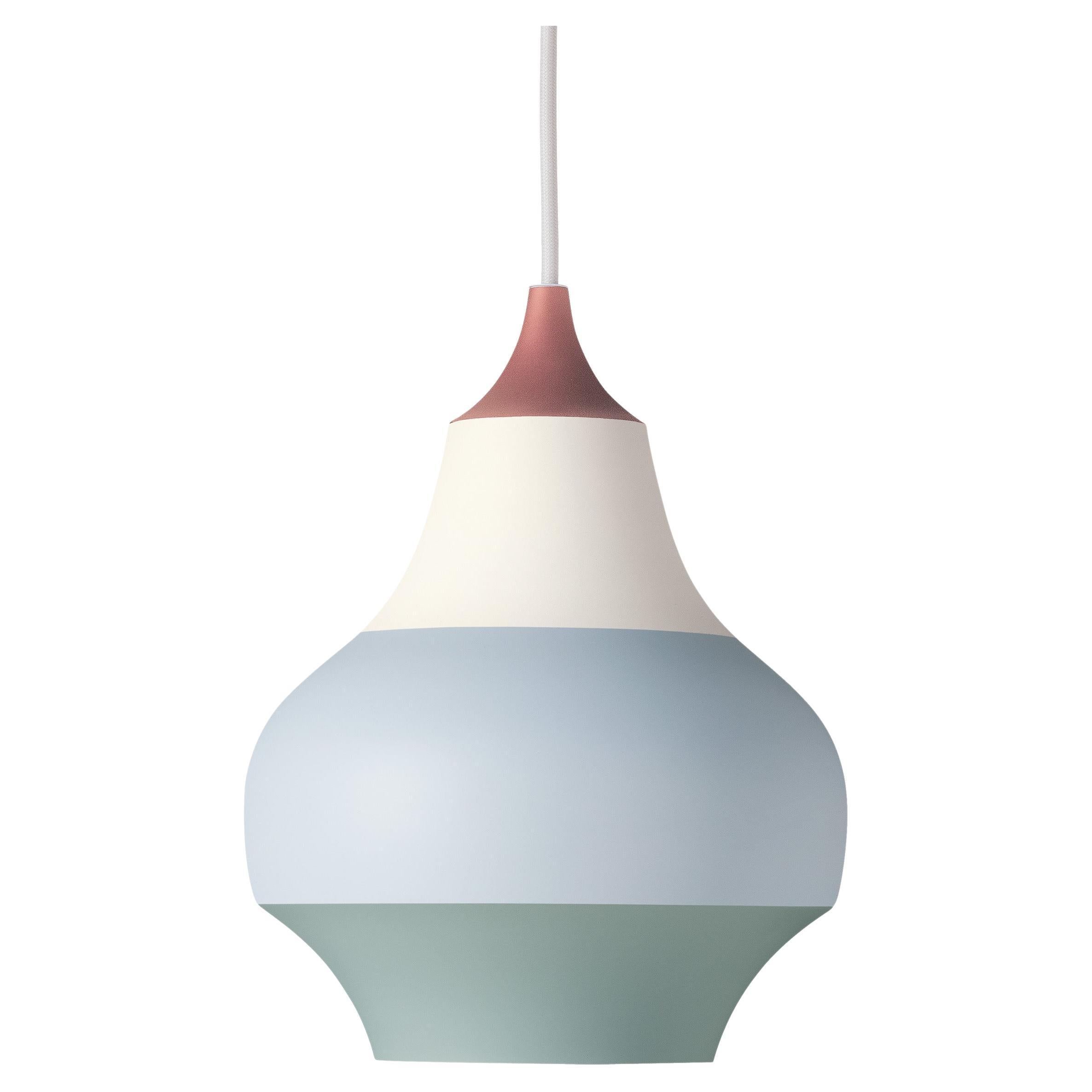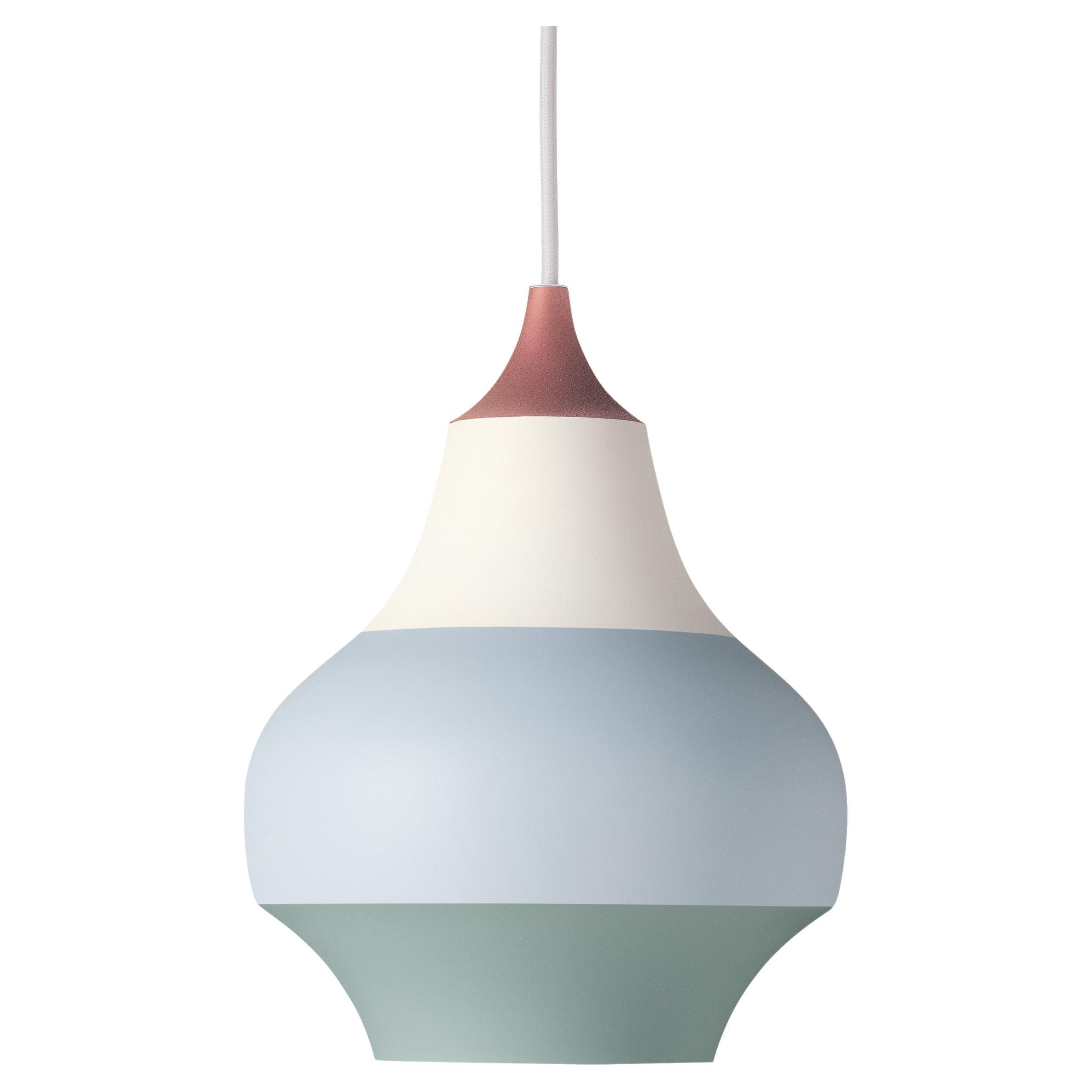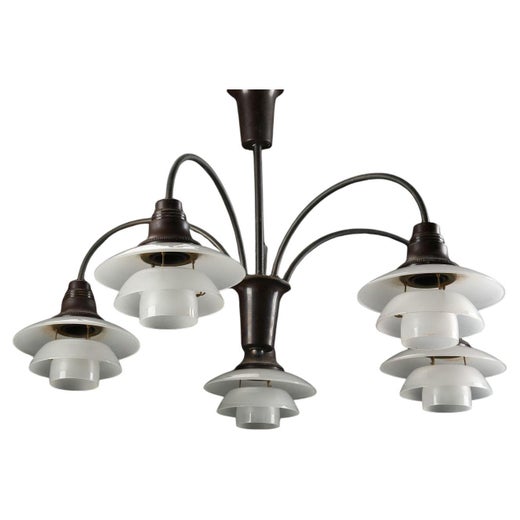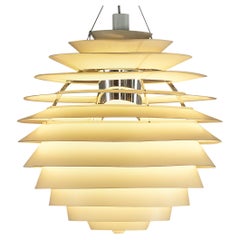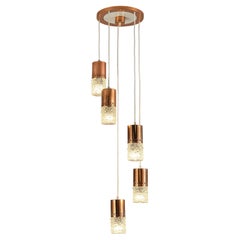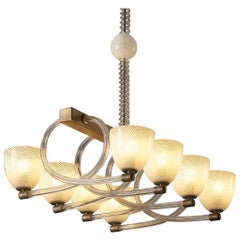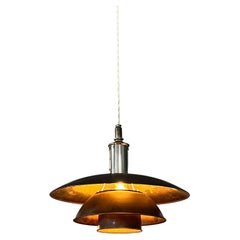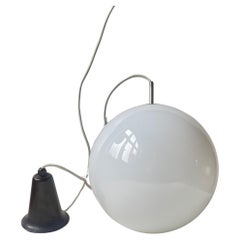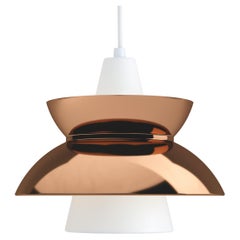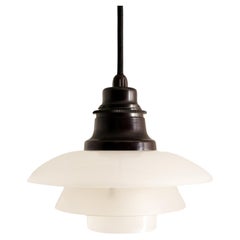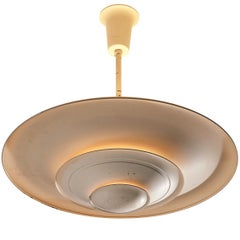
Rare 1930s Louis Poulsen Ceiling Light in Off-White Lacquered Copper
View Similar Items
Rare 1930s Louis Poulsen Ceiling Light in Off-White Lacquered Copper
About the Item
- Creator:Louis Poulsen (Manufacturer)
- Dimensions:Height: 19.69 in (50 cm)Width: 19.69 in (50 cm)Depth: 19.69 in (50 cm)
- Style:Scandinavian Modern (Of the Period)
- Materials and Techniques:
- Place of Origin:
- Period:
- Date of Manufacture:1930s
- Condition:Wear consistent with age and use. Every item Morentz offers is checked by our team of 30 craftspeople in our in-house workshop. Special restoration or reupholstery requests can be done. Check ‘About the item’ or ask our design specialists for detailed information on the condition.
- Seller Location:Waalwijk, NL
- Reference Number:Seller: 501165511stDibs: LU933142684542
Louis Poulsen
Louis Poulsen is world-renowned as an innovator in modern Danish lighting, but this wasn’t the goal from the start. Founded in 1874 by Ludvig R. Poulsen as a wine importer, the business went through several incarnations before its first pendant lights came to fruition. Through its designs, the company helped establish the foundations of good lighting — function, comfort and ambience — that are now standard in modern furniture design.
In 1924, Danish architect Poul Henningsen partnered with Louis Poulsen & Co., then an electrical supply company, to create what’s now known as the Paris lamp. This design, which incorporated three layers of curved metal disks, created ambience with its indirect light instead of glare. Shown at the 1925 Exposition Internationale des Arts Décoratifs et Industriels Modernes in Paris — the exhibition that brought Art Deco design to worldwide attention — the Paris lamp was awarded a gold medal. This led to Poulsen and Henningsen working together on several lighting pieces, including the popular PH pendant light with its concentric shades for the Forum Building in Copenhagen. These high-profile projects helped make Louis Poulsen a go-to purveyor of innovative lighting design.
One of the company’s most well-known lamps is Henningsen’s PH Artichoke lamp (1958), with its 72 copper leaves artfully placed to conceal the light bulb, prevent glare and promote a warm, alluring glow in any room. Another is the steel and die-cast zinc AJ lamp (1960), which Arne Jacobsen designed with an adjustable angled shade for his commission for the SAS Royal Hotel in Copenhagen. The company has also worked with notables such as Verner Panton and Alfred Homann as well as, more recently, Louise Campbell and Oki Sato.
In 2010, the company was awarded the American Institute of Architects’ Honors in Collaborative Achievement Award; it was the first lighting manufacturer to receive this honor. In 2018, the company was acquired by an investment subsidiary of Investindustrial VI L.P.
Still headquartered in Denmark, the brand continues to produce its high-end lighting for both indoor and outdoor use, manufacturing both classic icons as well as new designs. “We design to shape light,” states Louis Poulsen. In doing so, they have also shaped culture.
Find a range of new and vintage Louis Poulsen floor lamps, table lamps and other lighting and furniture on 1stDibs.
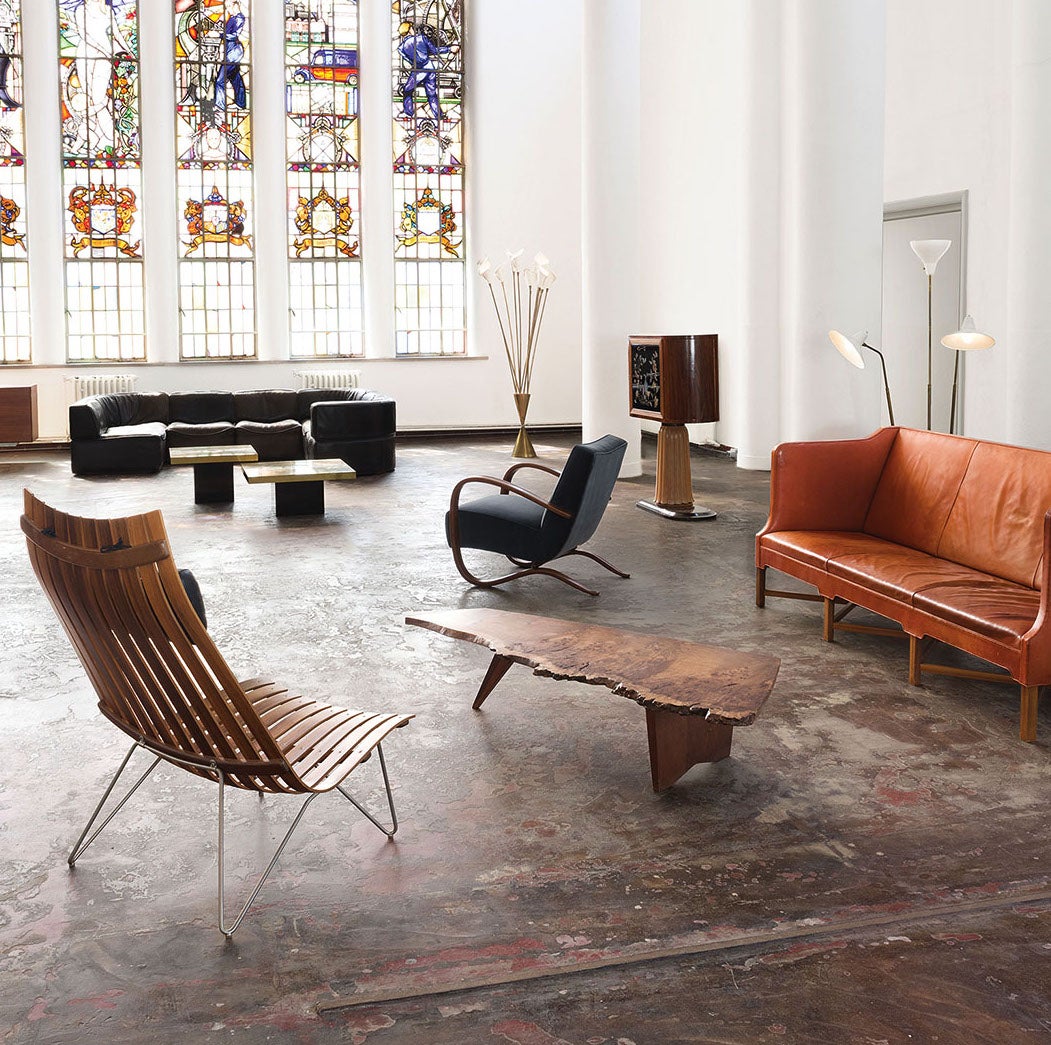
Established in 2006, Morentz has a team of approximately 55 restorers, upholsterers, interior advisers and art historians, making it a gallery, workshop and upholstery studio, all in one. Every day, a carefully selected array of 20th-century furniture arrives from all over the world at the firm’s warehouse, where the team thoroughly examines each piece to determine what, if any, work needs to be done. Whether that means new upholstery or a complete restoration, Morentz's aim is always to honor the designer’s intention while fulfilling the wishes of the client. The team is up to any challenge, from restoring a single piece to its original glory to furnishing a large-scale hotel project.
More From This Seller
View AllVintage 1960s Danish Scandinavian Modern Chandeliers and Pendants
Aluminum, Chrome, Metal
Vintage 1930s Swedish Scandinavian Modern Chandeliers and Pendants
Metal, Nickel
Vintage 1970s European Mid-Century Modern Chandeliers and Pendants
Copper
Vintage 1930s Italian Art Deco Chandeliers and Pendants
Metal, Chrome, Nickel
Vintage 1980s European Post-Modern Chandeliers and Pendants
Metal
Vintage 1970s European Mid-Century Modern Chandeliers and Pendants
Brass
You May Also Like
Vintage 1930s Danish Scandinavian Modern Chandeliers and Pendants
Brass, Copper, Nickel
Vintage 1930s Danish Bauhaus Chandeliers and Pendants
Opaline Glass, Bakelite
21st Century and Contemporary Danish Modern Chandeliers and Pendants
Metal
Vintage 1930s Danish Scandinavian Modern Chandeliers and Pendants
Brass
21st Century and Contemporary Danish Modern Chandeliers and Pendants
Metal
21st Century and Contemporary Danish Mid-Century Modern Chandeliers and ...
Metal
